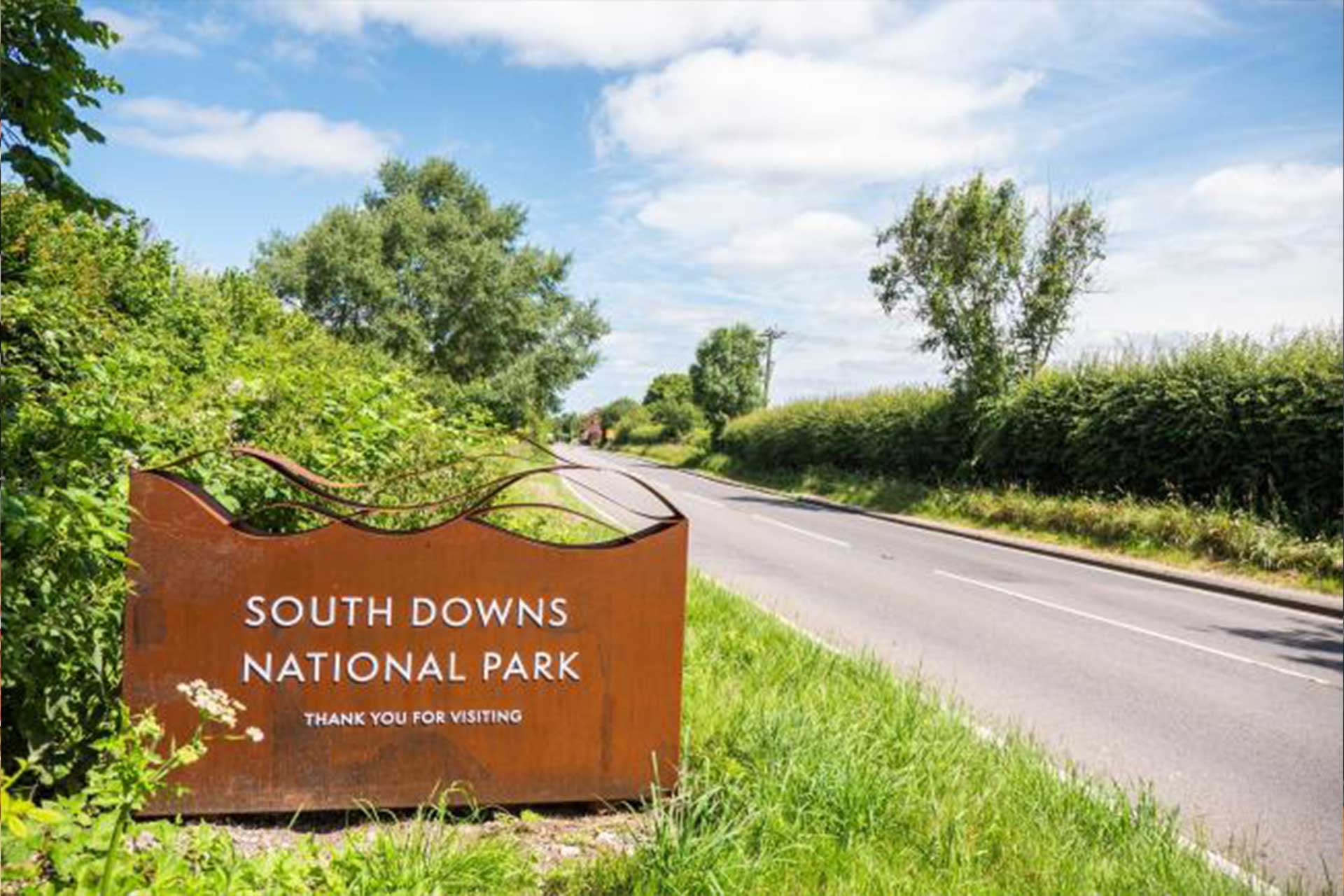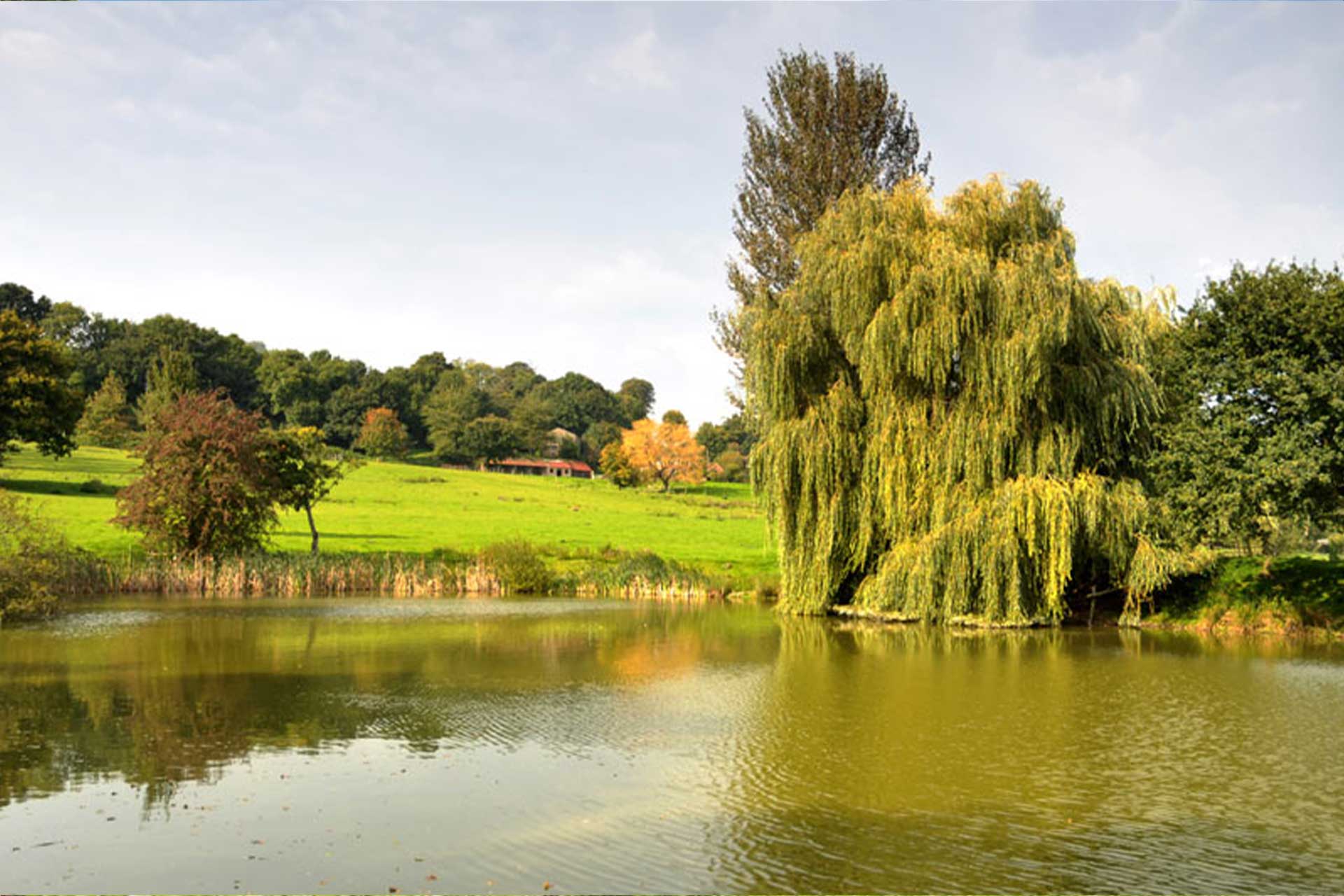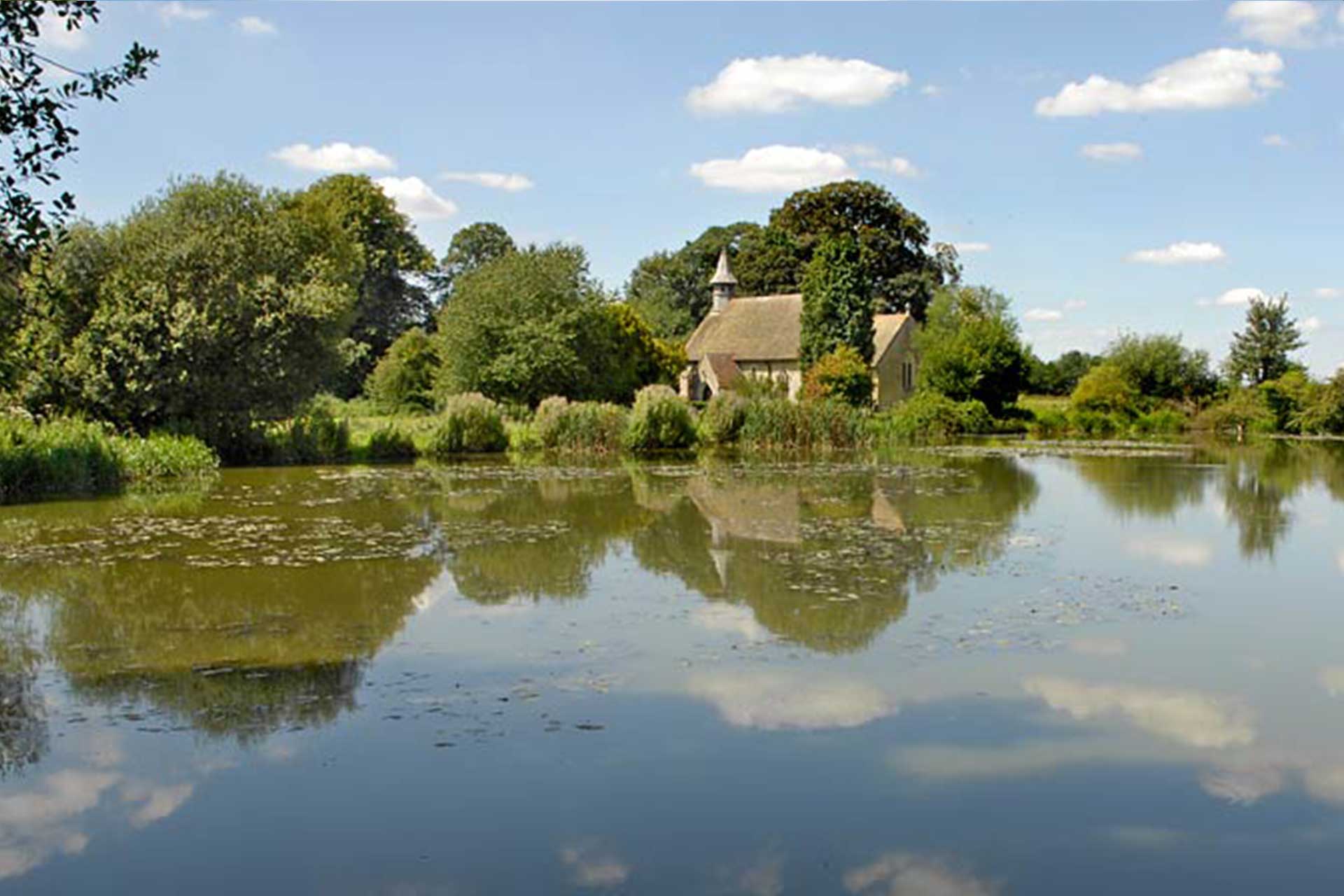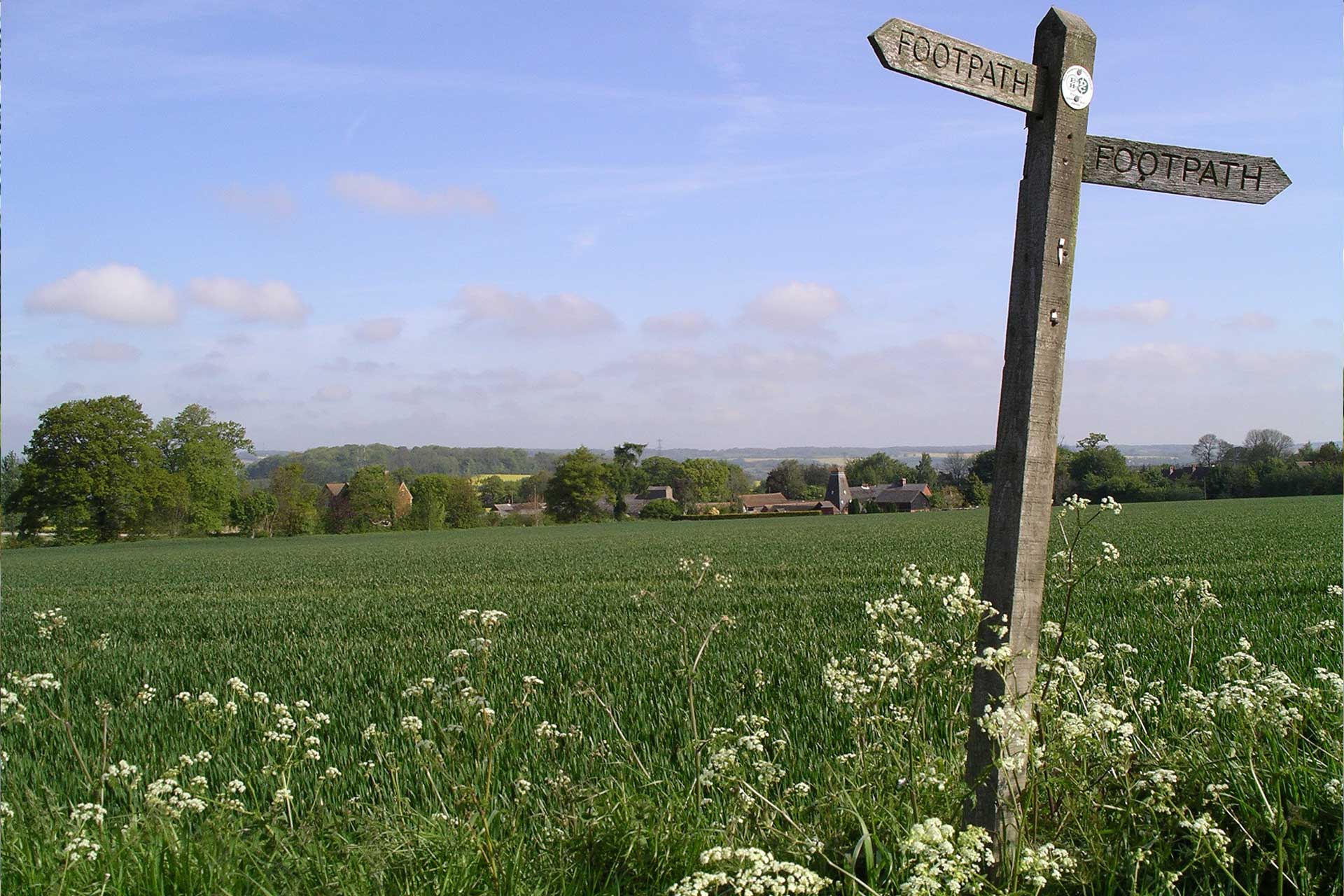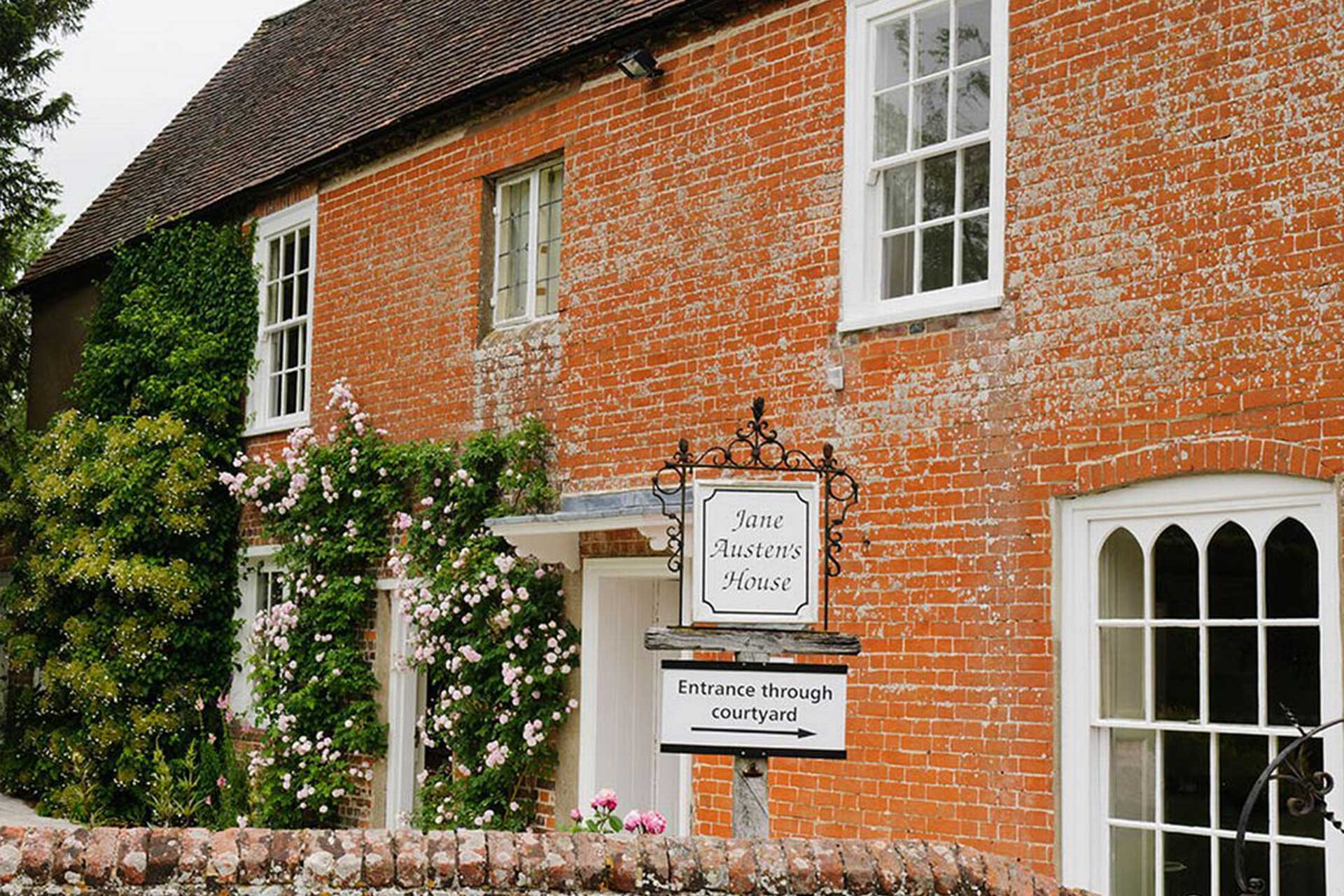About the Area
Being located in The South Downs National Park, just outside of the historic, market town of Alton means you will be spoilt for choice when it comes to finding things to do in the area.
Lovers of the great outdoors can enjoy the abundant natural beauty for which this region is famous with numerous walks of varying degrees of difficulty criss-crossing the countryside. More information on the walks in this area can be found here.
Alice Holt Forest, Frensham Great Pond and Bird World invite you to get closer to nature while those in search of an adrenalin fix can discover their inner adventurer up in the treetops at Go Ape! And almost next door is the Worldham Golf Club offering a 12 hole crazy golf course, an 18 hole parkland course, a driving range and a simulator.
For bibliophiles this area’s rich literary history is a definite attraction. In the nearby, very pretty village of Chawton you will find the former home of Jane Austen where she spent time working on writing or revising Pride and Prejudice, Persuasion, Sense and Sensibility, Mansfield Park, Northanger Abbey and Emma at the solemn little desk that can still be seen there today. A five minute walk away from there is the “Great House”, which was owned by her brother and where she spent time reading, writing and visiting.
A 10 minute drive in the opposite direction is the equally quaint village of Selborne, the location of naturalist, Gilbert White’s former home, now a museum and open garden. This pioneering English naturalist transformed the way we look at the natural world and his lifelong love and talent for observing and recording nature is known to have influenced Charles Darwin, amongst others. His book, The Natural History of Selborne, was published in 1789 and has never been out of print since. After the Bible, Shakespeare and Pilgrim’s Progress it is the most published book in the English Language.
And finally, for historians, both professional and enthusiastic amateur, there is an abundance of treasures to be discovered. The town of Alton, mentioned in the Domesday Book, was built around a wealthy Saxon settlement. Its most famous artefact, the Anglo Saxon Alton Buckle, is displayed together with other important finds in the town’s Curtis Museum. The 11th Century St Lawrence Church was the scene of an epic English Civil War battle and bullet holes can still be seen in its walls. The first recorded market in Alton was in 1232 and the tradition continues to this day with a weekly market held every Tuesday and other regular markets, fetes and festivals hosted in the High Street and Square.
A bit closer to home, archaeological findings in the fields between West and East Worldham reveal that the area has been visited and inhabited since at least the Palaeolithic era. An Iron Age Hillfort, dated to around 100 BC, lay on the summit of King John's Hill, to the east of East Worldham.The Romans built a road from Chichester to Silchester which passed below the hill over what is now Green Street and Pookles Lane. The village is also mentioned in the Domesday Book being referred to as "Werildeham".
And more recently, dating back to only 1861, The Watercress Line steam railway, once used to transport Watercress to London, has been restored and is a key attraction for train enthusiasts, especially at Christmas when it is magnificently illuminated.

